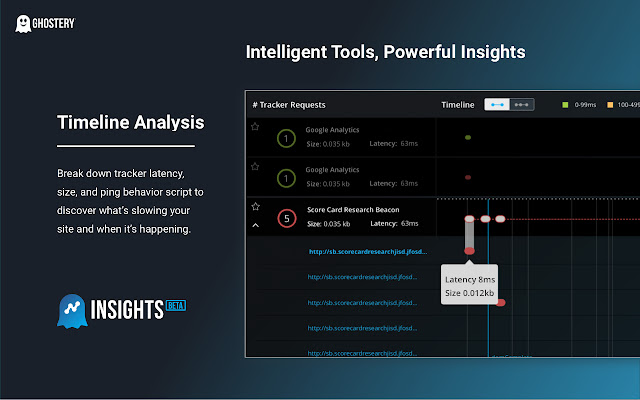
Prop Fund Trading Strategies: Day Trading, Swing Trading, Scalping
Imagine waking up and knowing that whether the market moves in your favor or throws a curveball, you’ve got a game plan ready. That’s the power of understanding prop fund trading strategies—especially when you’re navigating the fast-paced world of day trading, swinging your positions for the medium haul, or scalping for those quick wins. In a landscape increasingly driven by decentralized finance and cutting-edge technology, mastering these strategies isn’t just a hobby; it’s a potential career path.
Navigating the Trading Playbook: What Are the Big Moves?
When traders talk about prop trading—short for proprietary trading—they’re talking about firms using their own capital to generate profits. These firms often provide traders with training, resources, and leverage, opening a door for more aggressive, strategic moves. Let’s break down the core strategies that define prop trading: day trading, swing trading, and scalping.
Day Trading: Race Against the Clock
Day trading is all about quick decision-making. Think of it as a high-stakes game of chess played in real time—positions opened and closed within the same trading day, often within minutes or hours. Traders leverage technical analysis, candlestick patterns, and volume indicators to identify short-term price movements.
For example, say a forex trader notices a breakout pattern on a currency pair like EUR/USD during a volatile session. They might jump in, ride the wave for a few minutes, then exit before the day ends, locking in small but consistent profits. This strategy requires discipline, fast execution, and an acute sense of market sentiment.
Why it works: Markets are often most liquid during the day—offering tighter spreads and better opportunities to capitalize on short-term volatility.
Swing Trading: Riding the Market Waves
Swing trading hits the sweet spot between quick moves and longer-term positions. Traders hold assets for days or weeks, aiming to capture "swings" in the market trend. It’s like catching a wave—you need patience but also the ability to spot when a trend is ready to turn.
For instance, crypto traders might identify a bullish divergence on Bitcoin’s chart, hold through minor dips, and then capitalize on a larger rally. They rely heavily on fundamental analysis—like macroeconomic news or earnings reports—paired with technical setups.
Advantages: Less pressure than day trading, but still dynamic enough to require active management. Good for traders juggling multiple markets like stocks, options, or commodities without being glued to the screen all day.
Scalping: Speed-Driven Profits
Scalping is the adrenaline rush of trading—making dozens, sometimes hundreds, of small trades in a single day, aiming for tiny gains that add up. Think of it as quick hits of profit, often executed within seconds or minutes.
Picture a scalper spot an alert about a fleeting liquidity spike in a futures market—enter, profit, exit, and move on. This strategy demands razor-sharp reflexes, ultra-tight spreads, and a deep understanding of market microstructure.
Key points: Scalping is relentless. It’s perfect for traders who thrive in chaos and can handle mental fatigue. It’s often paired with high-frequency algorithms and sophisticated tech setups for optimal speed.
The Future Frontiers: Prop Trading in a Decentralized World
As the trading landscape evolves—driven by decentralized finance (DeFi) and AI—the game’s rules are shifting. Decentralized exchanges and smart contract-based trading platforms are making prop trading more accessible, but they come with their own set of hurdles, like liquidity fragmentation and regulatory gray areas.
Yet, opportunities multiply: AI-driven algorithms can analyze market data at lightning speed, alerting traders to optimal entry and exit points. Automated trading bots are becoming more sophisticated, capable of executing strategies like scalping and day trading almost autonomously.
The Pioneering Edge: Innovative Trends and Challenges
With the rise of smart contracts, traders are able to set predefined rules that execute themselves once conditions are met—think of it as having a robot trader that never sleeps. These innovations mean fewer emotional trades, faster execution, and the ability to capitalize on tiny market inefficiencies.
However, the road isn’t without bumps. Market volatility remains a double-edged sword; while it creates opportunities, it also increases risk. As blockchain tech matures, regulatory clarity is needed to ensure these strategies are sustainable and above board.
Prop Trading’s Bright Horizon
Looking ahead, prop trading strategies like day trading, swing trading, and scalping aren’t just surviving—theyre thriving in a multi-asset universe. Stocks, forex, crypto, indices, options, commodities—they all offer fertile ground for traders who know how to read the signs.
The shift toward AI-powered analysis and decentralized platforms promises to make prop trading more efficient, accessible, and profitable. Though uncertainties remain, the core principles of disciplined risk management and strategic execution still hold sway.
In summary: Whether you’re darting in and out of positions in milliseconds through scalping, riding trend swings over days, or executing rapid-fire day trades, the core principles of these strategies are evolving but enduring. As the landscape moves towards decentralization and automation, the best way forward is to stay sharp, stay adaptable, and keep learning.
Because in the world of prop trading—diligence, strategy, and agility are your best allies. Ready to turn volatility into opportunity? The future belongs to those who trade smart.

